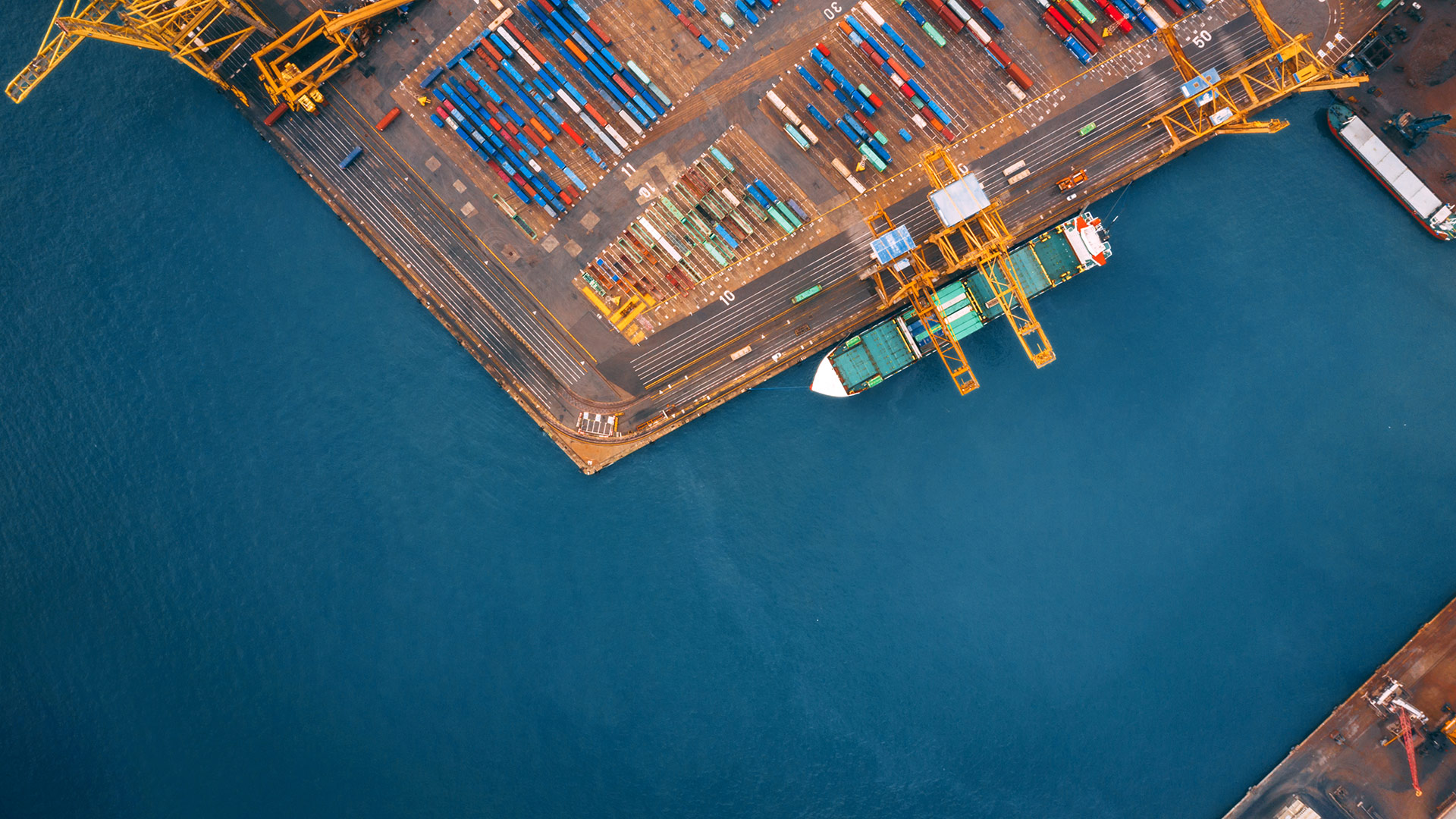


The Ports & Marine Facilities Safety Code (“PMSC“), the Guide to Good Practice on Port and Marine Facilities (the “Guide“) and the Port Good Governance Guide are the standards to which all UK ports and marine facilities are held accountable.
Following revisions to the PMSC in April this year, in this article we highlight and explain some of the key changes affecting owners and operators of port and (now explicitly) marine facilities, and what needs to be done now to ensure compliance.
Our team at HFW are committed to working with UK ports and marine facilities to assist them in understanding the legislative framework and associated duties and powers specifically applicable to them, and in being prepared to evidence compliance, ready for the changes to properly take effect in early 2026.
As with most safety-related guidance or legislation, the original PMSC required a serious casualty to bring about the political and practical motivation for change. In February 1996, the UK experienced one of the worst oil spills in its history when the oil tanker the MV Sea Empress ran aground whilst under pilotage entering Milford Haven and spilt an estimated 70,000 tonnes of oil into the sea. This incident triggered a substantial salvage operation, with HFW acting for the salvors. The location of the Sea Empress grounding within the port approaches highlighted the importance of the ship-shore interface for overall maritime safety. It placed an obligation on ports, for the first time, to set safety standards similar to those for ship owners and operators.
In 2000, the original PMSC was launched to provide a non-mandatory framework for managing the safety of marine operations within UK ports.
Although safety has always been the primary purpose of the PMSC, it also provides a framework for accountability. Accordingly, despite its non-mandatory status, any organisation which is involved in an incident and not able to evidence proportional compliance will face criticism which could harm its ability to defend any related legal proceedings.
The revised PMSC (the “Revised PMSC“) was released on the 15 April 2025 alongside a new revision of the Guide. Billed as an “evolution not revolution“, the review by the PMSC Working Group set out to update technical aspects and clarify the ambiguity that had existed around application to non-statutory facilities and reinforce the concept of proportional compliance.
Part of the review was a restructuring, with the Revised PMSC and Guide now moulded around a backbone of the 10 already identified key measures which were fast becoming the format for health checks and designated person audits. However, key aspects of the Revised PMSC include the following:
An underlying principle of the PMSC is to first understand the legislative framework the port or marine facility is working within. Understanding the obligations placed on and powers given to that organisation is necessary to establish the standards they need to adhere to, and how these interact with the framework provided by the PMSC.
A Statutory Authority may be given specific powers and duties through their own act or harbour order/revisions order(s) that often refer to the agreed clauses in the Harbours, Docks and Piers Clauses Act 1847. However, no two local acts or orders are the same and it is often necessary to follow and decipher a trail of revision orders, updating the powers and duties granted through the years, to understand precisely what remains in force.
Interaction with more general national legislation, some of which will apply to all facilities, such as Health and Safety at Work 1974 and the Safety in Docks Approved Code of Practice (ACOP) is also necessary. The Revised PMSC requires that a review of the legislation in force is conducted, and the latest version of the Guide makes it clear that all marine facilities should be considering this wider legislation, even if they do not have statutory powers as an organisation.
Ports are complicated safety critical ecosystems with interactions between different parties that work collectively towards a safe marine environment. Understanding the roles and responsibilities of each party allows for effective management of risk, both operational and legal. The PMSC has always recognised this, but the Revised PMSC places greater emphasis by moving it from the pre-amble into the body of the code. The new inclusion of bridging documents (or equivalent) highlights the need for organisations to be prepared to evidence how they agree and formalise their relative responsibilities and communications between overlapping or adjoining organisations, which is a key takeaway.
The Maritime & Coastguard Agency (MCA) as an executive Agency of the Department of Transport are delegated responsibility for running a compliance exercise every three years, for which ports and marine facilities are invited to state their compliance against the Code. The MCA originally committed to giving the industry at least six months from publication of the Revised PMSC and Guide, until the start of the (three month) window to state compliance. Following consultation with industry they have agreed a slightly longer period of about nine months before opening the compliance exercise window.
This provides a working date of January 2026 for the compliance exercise, albeit the additional time now permitted will increase the expectation for organisations to be ready. A list of compliant organisations will be made publicly available, thereby having a significant reputational as well as practical value. As with any non-mandatory requirements, the key will be demonstrating that the Revised PMSC has been sufficiently considered and implemented to the extent practicable for an organisation’s size and area of operation, effectively by conducting an initial and continuing due diligence exercise which can be properly evidenced.
Looking further ahead, the Revised PMSC will continue to set standards against which UK port and marine facilities will be judged in the event of any health and safety related incidents and/or concerns. We can anticipate a growth in non-compliance being cited in any legal proceedings arising from related disputes.

